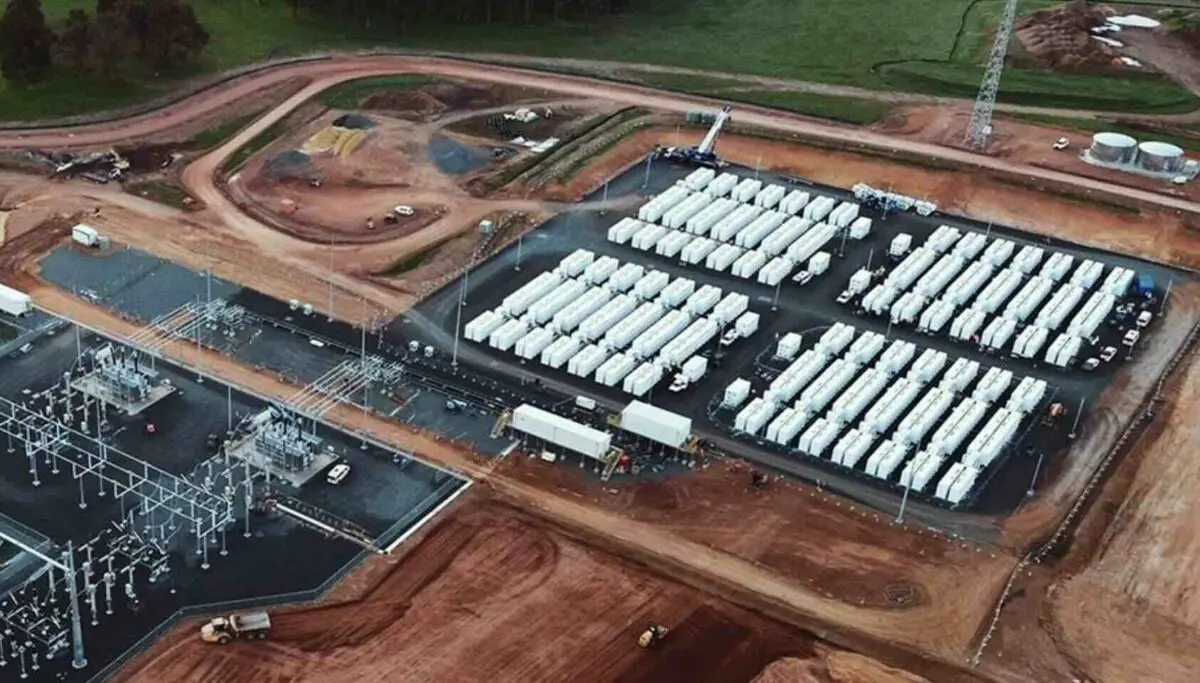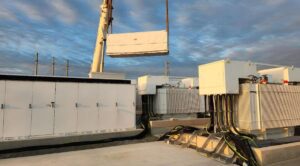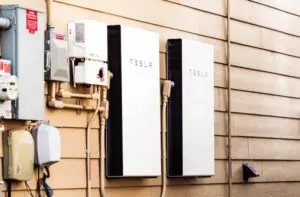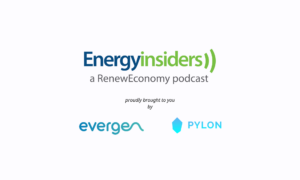The Australian Energy Market Operator has put out a call for six-hour batteries, as well as more wind and solar and transmission to transport it, as Western Australia’s main grid prepares to quit coal in coming years.
AEMO on Tuesday released its annual forecasting document, the Electricity Statement of Opportunities, which says that of the very near term anticipated gaps in supply have been plugged, largely because of the delivery of a number of big battery projects, including the two biggest to be built in Australia.
But the challenges emerge over the next five to ten years, with more than 1.75 gigawatts of ageing coal and gas fired generation from 2027 to 2032, and the state will need more longer duration batteries, and more bulk wind and solar, and system strength, to plug the gaps.
The South-West Interconnected System (SWIS) is the world’s biggest isolated grid, with no connections to other states or countries, and has a unique challenge in negotiating the closure of coal fired generators that have underpinned its electricity system, and integrates high levels of wind and solar, particularly rooftop PV.
“Over the last few years, strong investment, particularly in battery storage, has helped alleviate previously forecast risks to reliability in the state’s main power system,” Nicola Falcon, the interim head of AEMO’s operations in W.A. said in a statement.
“Looking forward, ongoing investment in generation and storage is required to manage growing peak demand and offset power station retirements,” she added.
W.A. has been a late starter to big batteries, with its first – a 100 MW, 200 MWh facility at Kwinana – coming online in 2023, and has pioneered the construction of four hour batteries in Australia designed to shift excess rooftop solar from the middle of the day to the evening demand peaks.
By the end of this year it will be host to the country’s two biggest battery facilities, Neoen’s 560 MW, 2240 MWh battery and Synergy’s 5090 MW, 2,000 MWh battery, both in Collie near the ageing coal generators they will replace.
But more is needed, and has been previously flagged, the push is on for big batteries with six hours duration to ensure the capacity is there is meet demand needs.
The ESOO report notes that in recent peak demand events, the resources of battery storage have been largely exhausted by 8.30pm, local time. “It is crucial that the battery storage has enough energy in storage for use at the right time.”

Interestingly, AEMO has reduced its demand forecasts for coming years, largely due to a slower than expected rate of electrification of homes, a lower uptake of electric vehicles, and a less favourable outlook for alumina and lithium refineries.
AEMO expects the state’s biggest coal unit, the 317 MW Collie facility, to close in 2027, followed by the two 211 MW units at Muja D in 2029. The two 217 MW units at the privately owned but financially strapped Bluewaters facility could close in 2027, but may stay open until 2032.
AEMO’s says it will require around 50 MW of new dispatchable capacity in the coming financial year, and put its needs for 2027/28 to around 100 MW of new wind, solar or gas capacity.
Its biggest challenge is dealing with the combined impacts of hit demand peaks in the summer heat, and minimum demand levels when the state’s high levels of rooftop solar account for most demand.
“The expected connection of more than 1,000 MW of battery storage by 2026-27 will provide the ability to meet fast increases and decreases in demand and also help address declining minimum demand,” the AEMO report says.
“This battery storage could soak up excess solar output in the middle of the day, potentially avoiding the need to trigger Emergency Solar Management (where household rooftop systems are turned down remotely). The stored energy could then be discharged during periods of high demand.”
Falcon says there is a pipeline of more than 1,600 MW committed and probable generation and storage projects that could be online by 2027-28.
And she notes that a further 2,300 MW of proposed capacity was submitted under the expressions of interest stage of this year’s Reserve Capacity Cycle. This will need to be underpinned by the planned development of Western Power’s transmission network, which is currently underway.
“As can be seen from the substantial pipeline, investment interest in the SWIS remains strong. This WEM ESOO highlights the importance of getting the right mix of generation and storage to continue providing secure and reliable electricity to the SWIS following the closure of ageing coal and gas power stations.”








